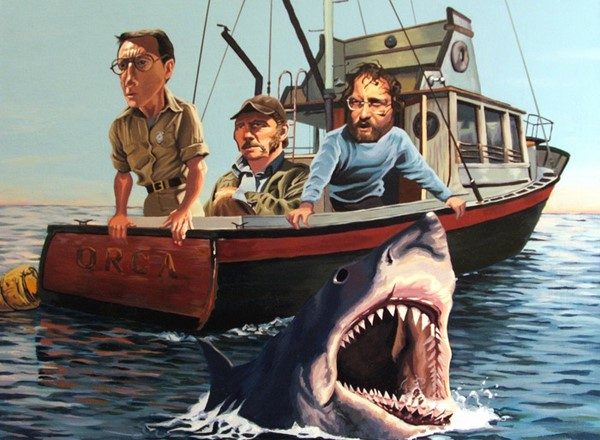Jimmy Stewart returns to the Paramount with another Hitchcock thriller, a very rare remake of his own work “The Man Who Knew Too Much”. This is an international intrigue with a political assassination as the MacGuffin. The settings include London and Marrakesh, and there are authentic location shots mixed with rear screen projection. Most of the interior shots were done in Hollywood on sound stages, but the film has an international flavor to it because of all the extras and the supporting roles.
The title gives away just enough to let us know that it is information which drives the plot. Stewart and Doris Day play the married couple, Doctor and Mrs. McKenna. He worked in the army Mash unit in North Africa during the war, and she was a well known pop singer when they met in London. They are returning to those haunts on a medical junket/vacation, with their little boy. They get connected to a man, Lois Bernard, who speaks Arabic as well as French and English, when he helps them with a cultural misunderstanding on a bus ride to Marrakesh from Casablanca. Bernard turns out to have been some sort of spy, who for is not clear, the local French authorities are suspicious of the Americans having any contact with him. It turns out there is a conspiracy, and the son of the nice American couple is used as a tool to keep them from sharing what they know.
Maybe the idea of an Indiana Doctor and his pop singer wife, turning into spies who travel to London, seems far fetched. The real strength that drives them is their love for their little boy and the animosity they feel toward those who betrayed them and threaten their son. Stewart gets tense in some scenes, clutching his fingers in anger below the surface of a table, struggling to contain his frustration. Day is more openly desperate and the scene where her husband has to sedate her before he can reveal their son’s abduction is frightening and sad.
The British security authority who wants them to trust his agency, is incapable of following up on their promise. The bureaucratic mind of the police officers who could potentially have stopped the plot by taking an active crime as enough justification to enter a building is almost as infuriating as the assassination plot. Of course, social niceties are also why Jo McKenna and the Doctor, don’t disrupt a concert performance where the murder is supposed to take place. The final scream of warning comes at the last minute, which is thrilling for a drama, but makes little logical sense.
Having seen “Notorious” just two nights earlier, it is striking how much the descending staircase image dominates the climax of both movies. It seems to be a Hitchcock trope so when you watch “Psycho” remember, he has done this before. I think this is one of the few Academy Award winning songs that is actually relevant to the plot. Doris Day was a crossover star of the era, a singer and actress, and she took a simple little sing along tune and turned it into a moment of tension during the final act. She was famously uncertain about how she was doing in the role, but when you watch the screen, it is clear, she has command of her part.
This is another mystery thriller that mixes murder, espionage and ordinary people together in a well written script. The execution of the drama and suspense cannot be faulted, and the performances are top notch. If you ever get a chance to see this on the big screen, take it, you will be in the hands of a master.














